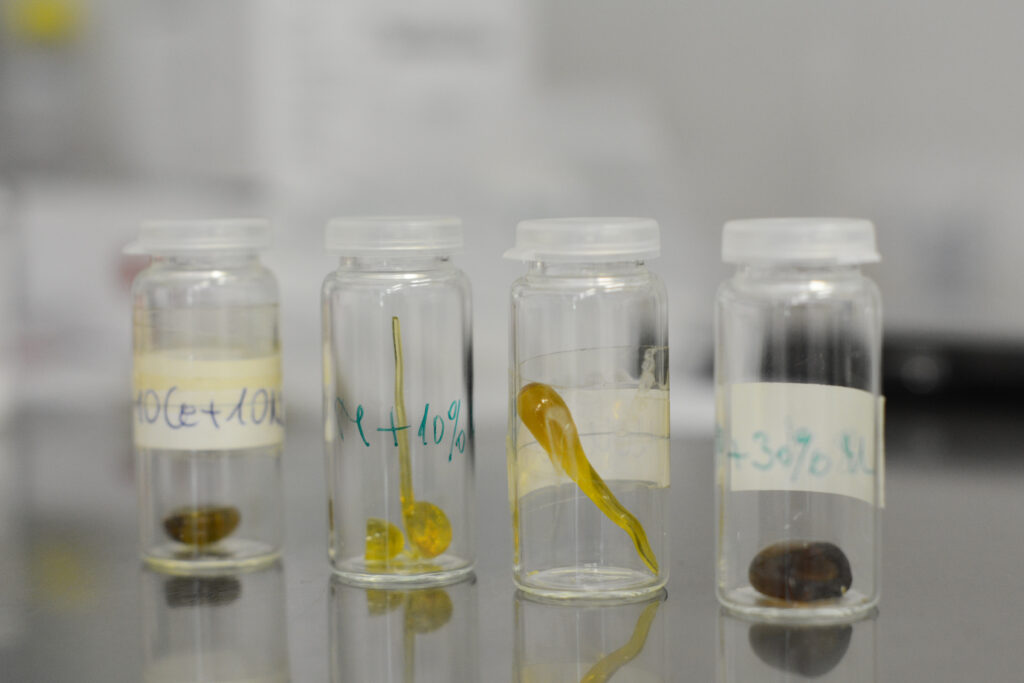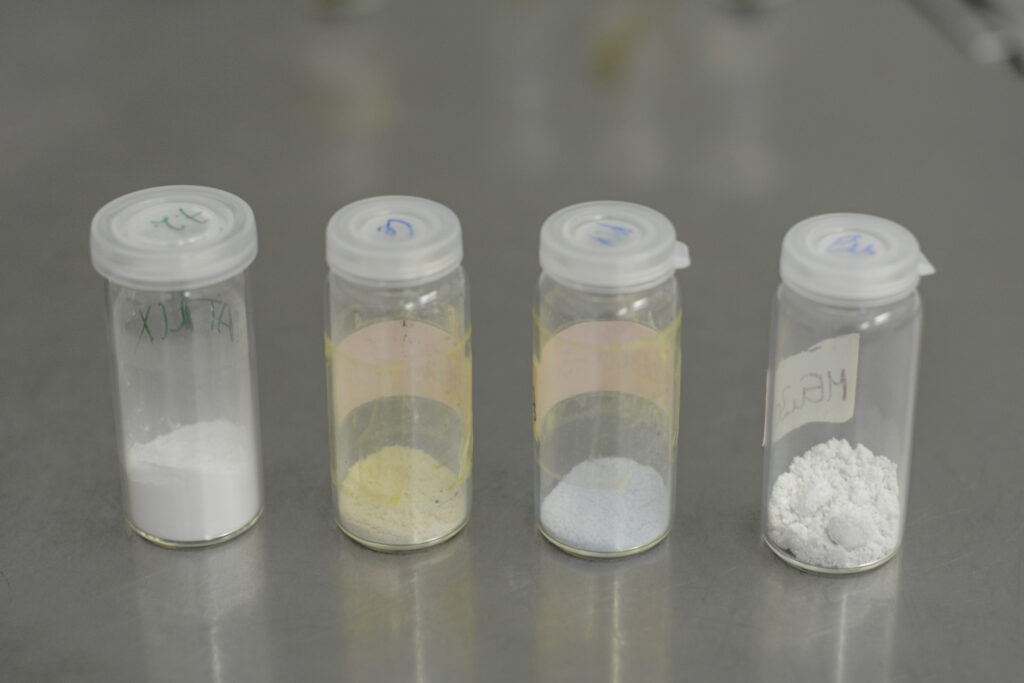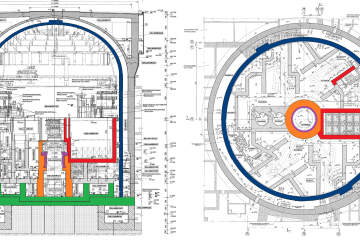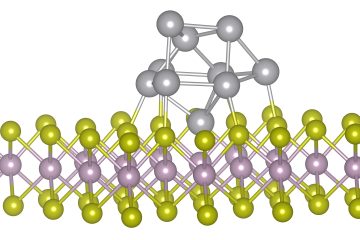The final disposal of radioactive waste is an increasingly pressing issue for the present and for the future. According to the T/13628 act proposal, we have to take care of the waste generated in Hungary, applying the principle of multiple engineering barriers and depth protection. New borosilicate glassy samples suitable to retain the radionuclides, and to block access to the biosphere were successfully prepared by a straightforward and cost effective way by researchers from ELKH Centre for Energy Research. It was demonstrated that lanthanide oxides can be incorporated into the basic structure of glass at the highest known concentration to date, up to 30 percent of the total weight, by participating in the formation of the structure without causing significant change. The results of the research were published in two studies in the journal Scientific Reports.

The radioactive waste left over from spent fuel consists mainly of uranium trioxide and higher atomic number actinides. Since handling high activity radioactive actinides is not permitted in standard laboratory environments, studies are commonly performed using lanthanides as non-radioactive surrogates for the actinides, due to their very similar chemical properties. The leaching results obtained for Si, B and Na elements, predict a stable glassy, the leached amount of Ce, Nd and Eu decreases over time, supposing that the studied compositions at long-term can be a good choice for stabilization of surrogates of the selected (Pu, Am, Cm) actinides.
Borosilicate glasses will be used to stabilize the high-level radioactive wastes for disposal in a geological repository. A simplified glass-matrix was developed, –55SiO2·10B2O3·25Na2O·5BaO·5ZrO2 – which is capable of accommodating multiple radionuclides. The process of binding radionuclides in a matrix glass is called vitrification. Lanthanide (Ln-)oxides, CeO2, Nd2O3, Eu2O3, were added to the synthesized glass matrix in two different concentrations, 10 and 30 weight percent each, to investigate the effects of lanthanides taken as chemical surrogates for actinides. Structural investigation of the prepared model glasses was performed on domestic and international large infrastructures. Neutron and X-ray diffraction combined with Reverse Monte Carlo simulations showed that all investigated glass structures comprise tetrahedral SiO4, trigonal BO3 and tetrahedral BO4 units, forming mixed [4]Si-O-[3,4]B linkages. Nuclear magnetic resonance and Raman spectroscopy results are in full agreement with diffraction data, confirming that the basic network structure consists of BO3/trigonal and SiO4/BO4 tetrahedral units. The atomic structural parameters revealed that the matrix glass network has the ability to incorporate the highest known amount of CeO2, Nd2O3 and Eu2O3 (chemical surrogates of Pu, Am and Cm) so far, i.e. 30 weight percent. The second nearest neighbor atomic pair correlations – Si,B–Ce, Si,B–Nd, Si,B–Eu – established between cerium, neodymium, europium and the network forming (Si, B) atoms accentuate the incorporation of the Ln’s in the basic network structure. Based on X-ray absorption experiments, it was found that cerium is incorporated into the glass structure in the form of Ce3+, and that Nd3+ and Eu3+ ions do not form clusters within the glass structure.

Concerning the stability of Ln-containing glasses, leaching tests in aqueous solutions were evaluated based on ASTM-C1285-02/21 protocol on the developed glass compositions containing 30 weight percent of Ln-oxides, at different time scale and at a fixed temperature, 90±1 °C. Leaching results obtained for Si, B and Na elements, predict a stable glassy matrix in terms of ASTM conditions. The leached amount of Ce, Nd and Eu decreases over time, supposing that the studied compositions at long-term can be a good choice for stabilization of surrogates of the selected (Pu, Am, Cm) actinides. The study is planned to be extended with investigations of the structural and leaching properties of matrix glass by combined addition of uranium oxides and lanthanide oxides.
More information:
M. Fabian, F. Gergely, J. Osan, T. Cendak, S. Kesari, R. Rao, Structural investigation of borosilicate glasses containing lanthanide ions, Scientific Reports (2020) 10:7835, DOI:10.1038/s41598-020-64754-2
M. Fabian, F. Pinakidou, I. Tolnai, O. Czompoly, J. Osan, Lanthanide (Ce, Nd, Eu) environments and leaching behavior in borosilicate glasses, Scientifc Reports (2021) 11:13272, DOI: 10.1038/s41598-021-92777-w



